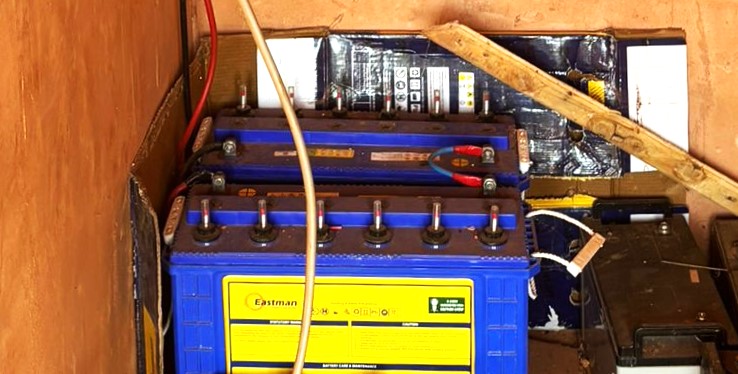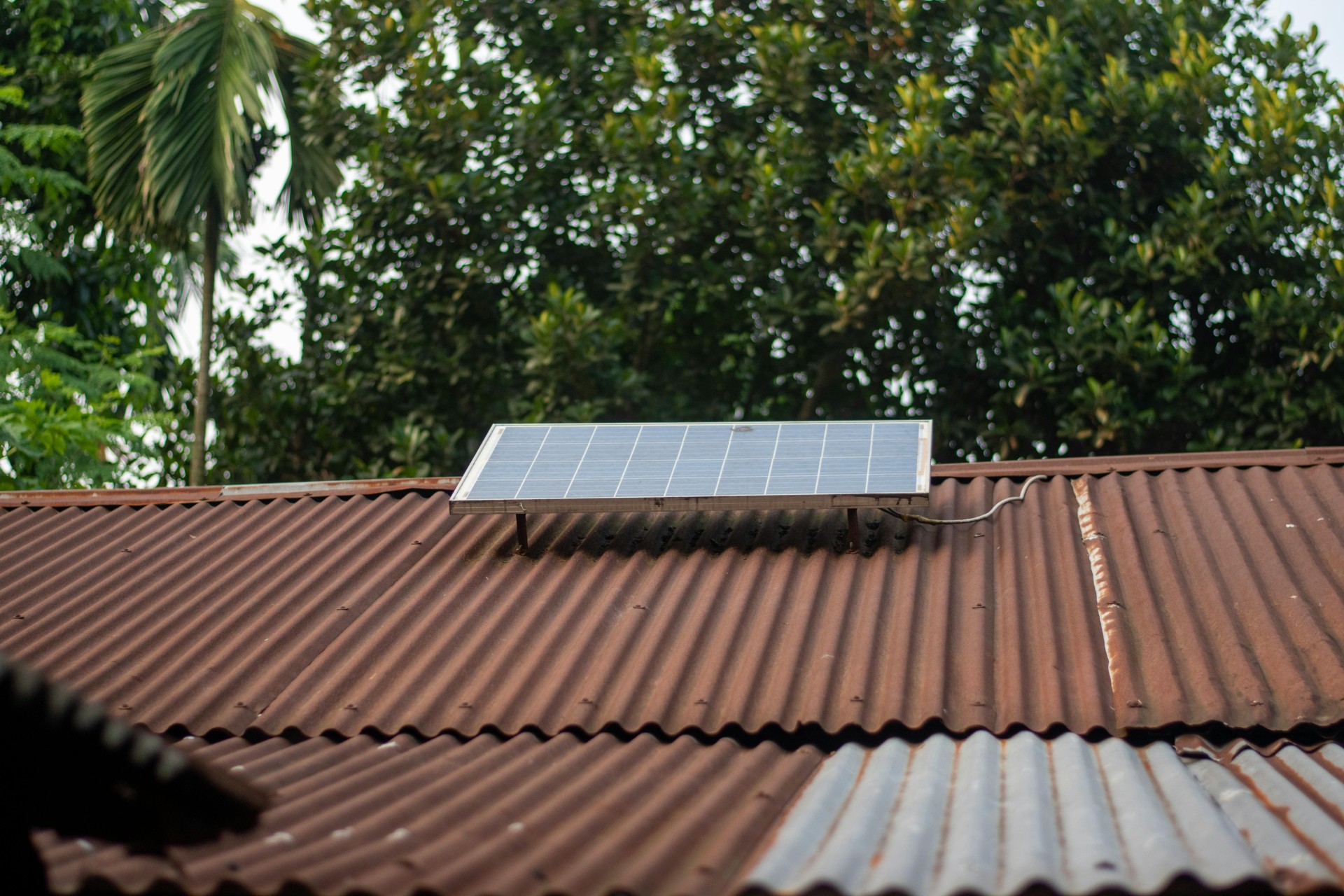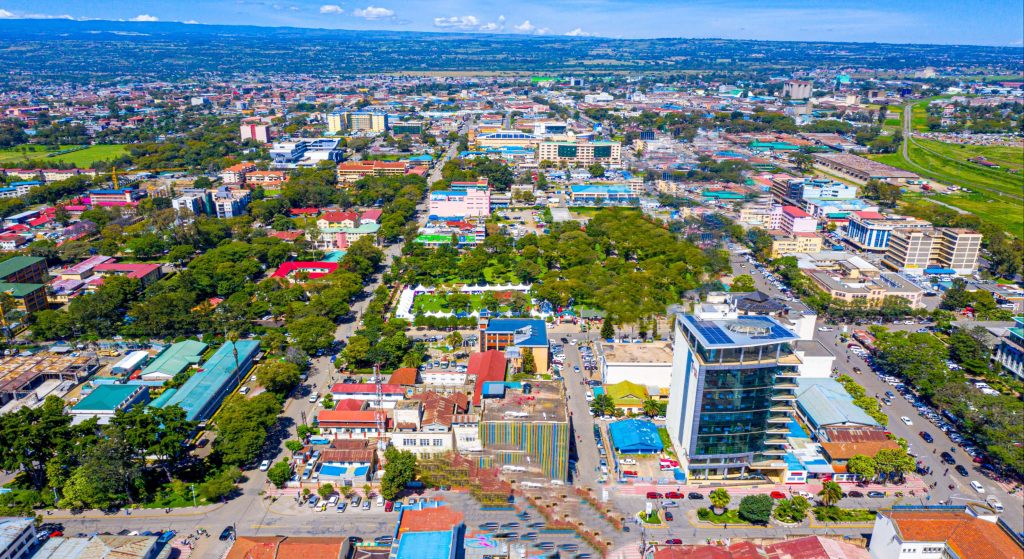- According to National Drought Management report, average annual rainfall in Makueni is below 100mm, meaning that the county remains food-insecure and population exposed to malnutrition.
- The area is covered by shrubs, grass thickets and acacia trees. Once in a while, the wind blows the conspicuously red soil, into people’s faces, concealing Feedback to the future a lush green farm in the midst of a vast dry land.
It is noon in Gilgil the outskirts of Nakuru county, the hot sun has forced many of the residents to sit under shades. Occasionally a breeze from the nearby salty Lake Elementaita brings relief to the locals.
In the midst of this hot semi-arid area fifty kilometers from Nakuru city off Nairobi Nakuru highway, is Nyakazi organics vegetable aggregation center founded in 2023, a brainchild of Mercy, Margaret and Kevin.
Read More
The aggregation center a project supported by Seed Savers Network Kenya, is harnessing solar power that is plenty in the area. With the help of the network, they have installed a solar dryer that helps them dry a variety of vegetables supplied to the center by farmers from three counties Nakuru, Kakamega and Vihiga.
Mercy Manyange, who is the operations manager, says despite the fact that the center is connected to the national grid, they opted to use solar energy instead.
“We chose to use solar dryer instead as it is cost effective compared to the use of electricity-powered driers,” she says.
She adds that even though vegetables take 2-3 days to dry using solar dryer compared to eight hours taken when using the hydro electric-powered-dryers, the cost is friendly and affordable. Considering that they are a new startup, she says they cannot afford to foot huge bills at this time.
Rael Waithera, an organic farmer from Kanyawa village in Gilgil and a supplier of Managu and Terere to the Centre is contented and supports the use of the solar drier, because it is a natural resource that is abundantly available in the area.
“Our area is semi-arid therefore has enough sun which we should utilize,” she says.
Rael’s view is shared by Agnes Kafogoro, her fellow farmer in the same neighborhood. She strongly advocates utilization of solar, which she says it reminds her how her family used to dry maize openly outside her main house when she was young, now she is happy to see it used in an advanced way.
“Electricity is very expensive in Kenya, an example is what I pay here for my home consumption very high, if I pay such amounts what about in an aggregation center like Nyakazi, the cost will be too high compared to solar that is free and will affect the vegetable prices for the farmers,” she says.
It is not only in Gilgil where nature’s abundance is being harnessed. In Makueni county, 322 kilometers from Gilgil, located in Makueni county at Salama off Mombasa Road, is Feedback to the future, a model organic farm that has put solar energy into productive use. This farm founded in 2020 by Benedetta Kyengo is a marvel to both visitors and locals.

According to National Drought Management report, average annual rainfall in Makueni is below 100mm, meaning that the county remains food-insecure and population exposed to malnutrition. The area is covered by shrubs, grass thickets and acacia trees. Once in a while, the wind blows the conspicuously red soil, into people’s faces, concealing Feedback to the future a lush green farm in the midst of a vast dry land.
The farm spells hope and inspiration to all thanks to their effort to utilize solar energy to pump water from a bore-hole to irrigate their farms.
They have installed 20 solar panels that produces 7 Kilowatts of power at the borehole site that pumps water a half a kilometer away to the main farm.
“Actually, we first installed solar panels before we were connected to the electricity grid. For us solar is stable, more reliable and by far less expensive compared to electricity that is always on and off,” Kyengo says.
The farm uses solar power to run most of its operations that includes a solar dyer for vegetables. For them, hydroelectricity is an alternative.
“We harness the solar power via solar panels, and store some for later use. That way we never lack power in this farm unless when the weather is cloudy for a long time something that rarely happens, that is when we switch to the other,” she says.
Unlike years before, farmers in Kenya are now slowly embracing the use of solar energy in agriculture, with companies and entrepreneurs utilizing in agriculture value chain.
Even with this, Kenya Climate Innovation Centre (KCIC) says the country is still far behind in embracing the use of solar energy generally.

Challenges facing adoption of solar energy in agriculture include a lack of awareness about how to use and safely install solar equipment, which leads to unsafe installations resulting to high maintenance expenses. Concerns about sunshine availability and water capacity also persist; a section of farmers complain that solar power work below optimal on overcast days.
For many individuals in Kenya, getting access to solar equipment has always been difficult. Many people cannot afford the installation, upkeep, and related expenses. The high maintenance costs follow the high installation bills.
The majority of the technology, including the tools and knowledge, is imported into Kenya, which raises the price even further. Furthermore, the cost of storing solar electricity is significant due to the high cost of the batteries needed for nighttime and rainy-day use.
With the current effects of climate change across the world, it is time for government and individuals to tap into renewable energy and utilize it in agriculture value chain to feed its population. Nyakazi organics in Gilgil and Feedback to the future in Makueni county, have already set an example of how solar energy can be tapped and used in food production and agriculture value addition.







